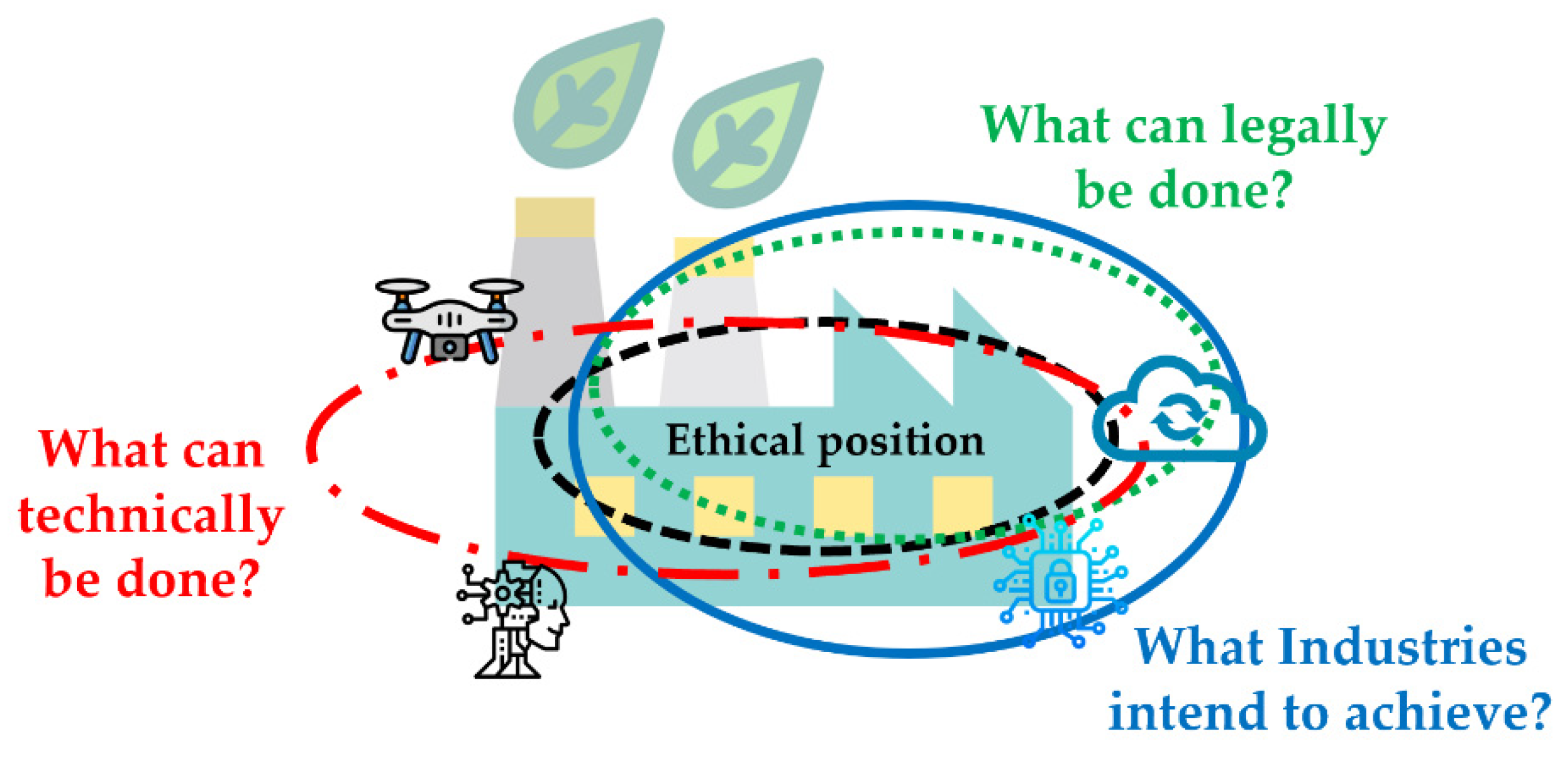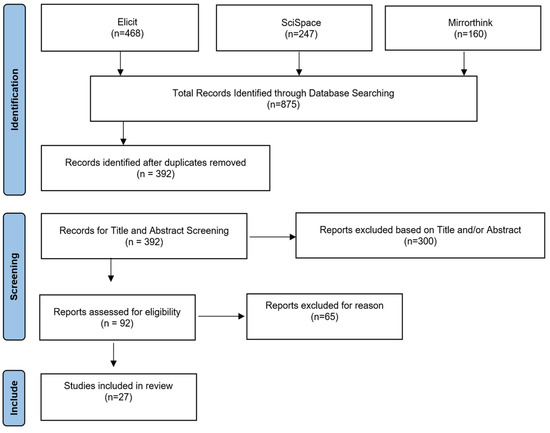The Ethics of Data Collection Balancing Innovation with Privacy Concer…
페이지 정보

본문

In the contemporary digital landscape, the act of acquiring and utilizing user details has become a pivotal aspect of technological advancement. This section delves into the intricate dynamics surrounding the methods by which such details are procured and the implications they bear on individual autonomy and safety. It explores the delicate equilibrium that must be maintained between fostering progress and safeguarding the integrity of personal data.
Critical Considerations in the Digital Age
As we navigate through an era dominated by digital connectivity, the ethical dimensions of how user data is harvested and employed are increasingly brought to the forefront. This discussion aims to shed light on the responsibilities that accompany the collection of such data, emphasizing the importance of respecting individual privacy and ensuring robust security measures are in place.
The Dual Challenge of Progress and Protection
Striking a balance between the drive for technological breakthroughs and the imperative to protect sensitive user information is a complex task. This article examines the strategies and ethical frameworks that can guide organizations in responsibly managing the vast amounts of data they handle, ensuring that innovation does not come at the expense of personal security.
The Ethics of Data Collection: An Overview

This section delves into the fundamental principles governing the gathering of digital information, emphasizing the critical interplay between technological advancement and individual rights. As we navigate through the complexities of modern data practices, it becomes imperative to understand how these activities are regulated and the ethical considerations that underpin them.
In recent years, there has been a significant surge in the use of digital information to drive advancements across various sectors. This phenomenon, often referred to as data-driven innovation, has revolutionized the way businesses operate, governments function, and individuals interact with technology. The integration of sophisticated algorithms and vast data sets has enabled unprecedented levels of efficiency and accuracy in decision-making processes.
However, this reliance on extensive data usage also raises important questions about the safeguarding of individual liberties. The digital age has brought forth a new set of challenges concerning the protection of one's autonomy and the integrity of their digital footprint. As such, it is crucial to explore the mechanisms and policies that are in place to ensure that the benefits of data-driven innovation do not come at the expense of personal freedoms.
Furthermore, the implementation of robust security protocols plays a pivotal role in maintaining the balance between the utility of data and the respect for individual privacy. These measures, while essential for preventing unauthorized access and misuse of sensitive information, must be carefully calibrated to avoid infringing upon the rights of data subjects. The ongoing dialogue surrounding these issues highlights the need for a nuanced approach that acknowledges the dual nature of data usage–as both a tool for progress and a potential threat to personal security.
In conclusion, this overview underscores the complex landscape of digital information usage and the ethical frameworks that guide it. It sets the stage for a deeper examination of specific cases and future trends in the management of digital data, ensuring that the pursuit of technological advancement is harmonized with the preservation of fundamental rights.
The Rise of Data-Driven Innovation

In this section, we delve into the transformative impact of leveraging vast amounts of digital information to drive advancements across various sectors. This phenomenon has not only reshaped traditional methodologies but also introduced new paradigms in how we approach problem-solving and decision-making.
Historical Context: Initially, the use of digital information was limited to specific domains such as academic research and government operations. However, with the advent of more sophisticated technologies and the exponential growth of accessible digital data, its application has expanded dramatically. Today, organizations across all industries are harnessing this resource to enhance their operations, Privacy tips on Medium from predictive analytics in finance to personalized medicine in healthcare.
Technological Advancements: The surge in data-driven innovation is largely attributable to advancements in computing power, data storage solutions, and analytical tools. These developments have enabled the processing of massive datasets that were previously unimaginable, leading to insights that drive strategic decisions and foster competitive advantages.
Impact on Society: The integration of data-driven strategies has profound societal implications. It has facilitated more efficient resource allocation, improved customer experiences through tailored services, and even contributed to the development of smart cities. However, it also raises significant ethical and legal questions regarding the handling of sensitive information and the potential for misuse.
In conclusion, the rise of data-driven innovation represents a pivotal shift in how we utilize digital information to solve complex problems and drive progress. As we continue to refine our approaches, it is crucial to consider the broader implications of these advancements on society and governance.
Understanding Privacy Rights in the Digital Age

In this section, we delve into the intricate dynamics of safeguarding individual autonomy in the era of digital connectivity. As technology permeates every aspect of our lives, the need to protect one's personal sphere becomes paramount. We explore how contemporary measures are designed to uphold these rights, ensuring that the digital footprint left by users is respected and secure.
The Evolution of Privacy Protections
Over the years, the concept of privacy has undergone significant transformations. With the advent of the internet and subsequent technological advancements, traditional notions of privacy have had to adapt to the digital landscape. Laws and regulations have been crafted to address the unique challenges posed by digital interactions, aiming to protect users from unwarranted intrusions into their personal lives.
Digital Rights and Legal Frameworks
Various jurisdictions have implemented legal frameworks to define and enforce digital rights. These frameworks often include provisions that mandate transparency in data usage, consent mechanisms for data collection, and penalties for violations. The goal is to create a balance where technology can thrive while respecting the fundamental rights of individuals.
Technological Solutions for Privacy Enhancement
Innovative technologies have been developed to enhance privacy. Encryption tools, anonymization techniques, and secure communication platforms are just a few examples of how technology can be harnessed to protect personal information. These tools empower users by giving them control over their data, allowing them to decide how much information they wish to share and with whom.
Challenges and Future Directions
Despite these advancements, challenges remain. The rapid pace of technological change often outstrips the ability of laws to keep up, leading to gaps in protection. Additionally, the global nature of the internet complicates enforcement, as different regions may have conflicting standards. Looking ahead, continuous dialogue and collaboration between technologists, policymakers, and civil society will be crucial in refining and strengthening privacy protections in the digital realm.
Cybersecurity Measures and Their Impact on Privacy
This section delves into the intricate relationship between protective measures in the digital realm and the safeguarding of individual confidentiality. As technology advances, the methods employed to secure online environments have significant implications on how personal details are protected and accessed.
Cybersecurity practices are designed to shield digital assets from unauthorized access and threats. However, these same practices can inadvertently affect the degree of privacy individuals experience online. For instance, robust encryption techniques enhance data protection but might also complicate legitimate access for service providers, thereby influencing the user experience.
| Type of Measure | Impact on Privacy | Example |
|---|---|---|
| Encryption | Enhances data security but can limit access | Advanced Encryption Standard (AES) |
| Firewalls | Blocks unauthorized access but might restrict data flow | Network-level firewalls |
| Two-factor authentication | Increases login security but requires additional personal data | SMS-based authentication |
| Data anonymization | Protects identity but can affect data utility | Pseudonymization techniques |
Balancing the implementation of these measures with the need to maintain a reasonable level of privacy is crucial. It requires a nuanced approach that considers both the technological capabilities and the ethical implications of each security strategy.
In conclusion, while cybersecurity is essential for protecting digital assets, it must be implemented thoughtfully to ensure that it does not excessively encroach on individual privacy. This balance is critical in the evolving landscape of digital security and personal confidentiality.
Balancing Data Collection with Ethical Standards
This section delves into the practical applications of upholding moral principles in the realm of information gathering. It explores how various organizations have effectively managed to integrate respect for individual rights while continuing to advance in their technological pursuits. By examining real-world examples, we aim to highlight strategies that have proven successful in maintaining a harmonious balance between the need for information and the protection of personal liberties.
- Google's Approach to User Data: Google has implemented stringent measures to ensure that user data is handled responsibly. They have developed advanced algorithms that anonymize data, thereby protecting individual identities while still allowing for valuable insights. This approach not only complies with legal requirements but also aligns with broader societal expectations of ethical conduct.
- Apple's Focus on Transparency: Apple has made significant strides in enhancing transparency regarding how user data is used. By providing clear explanations and options for users to control their data, Apple has set a benchmark for ethical practices in the tech industry. Their initiatives, such as differential privacy, demonstrate a commitment to safeguarding user information without compromising on functionality.
- Facebook's Revamped Data Policies: Following public scrutiny, Facebook has overhauled its data policies to prioritize user consent and control. The platform now offers more granular settings for users to manage their information, reflecting a shift towards more ethical data handling practices. This change underscores the importance of adapting to public expectations and legal standards.
- Microsoft's Ethical AI Framework: Microsoft has developed a comprehensive framework for ethical AI, which includes guidelines for data usage. This framework ensures that AI systems are designed and operated with respect for privacy and other ethical considerations. By embedding these principles into their AI development process, Microsoft demonstrates a proactive approach to ethical data management.
These case studies illustrate the diverse strategies employed by leading companies to address the ethical dimensions of information gathering. Each example highlights the importance of a tailored approach that considers both the specific needs of the organization and the broader ethical landscape. As we move forward, these examples serve as valuable lessons for other entities looking to navigate the complex terrain of information management while upholding high ethical standards.
Case Studies: Successful Integration of Privacy and Innovation
This section delves into real-world examples where organizations have effectively harmonized the pursuit of technological advancement with the safeguarding of individual rights. By examining these instances, we aim to highlight strategies that have proven successful in maintaining a delicate equilibrium between progress and protection.
Example 1: Healthcare Sector
In the realm of healthcare, a prominent pharmaceutical company implemented a robust system that not only enhanced the efficiency of drug development but also ensured the confidentiality of patient data. Through advanced encryption and strict access controls, they managed to foster a culture of trust while accelerating research outcomes.
Example 2: Financial Services
A leading bank revolutionized its customer interaction model by integrating sophisticated analytics tools with stringent data protection protocols. This approach allowed for personalized service offerings without compromising on the security of financial details, thereby enhancing customer satisfaction and loyalty.
Example 3: Technology Industry
A tech giant known for its innovative products also stands out for its commitment to user privacy. By developing transparent policies and employing cutting-edge security measures, they have set a benchmark for how tech companies can respect user autonomy while continuing to innovate.
These case studies underscore the importance of a proactive approach to privacy that aligns with business objectives. They serve as models for how thoughtful design and implementation can lead to mutually beneficial outcomes for both companies and consumers.
Conclusion
The integration of privacy and innovation is not just a compliance requirement but a strategic advantage. These examples illustrate that with careful planning and a clear understanding of ethical boundaries, organizations can achieve remarkable advancements without sacrificing the fundamental rights of individuals.
Future Directions in Data Ethics and Policy
As we navigate the complexities of modern digital governance, it becomes imperative to envision the trajectory of norms and regulations that will shape our interactions with technology. This section delves into potential advancements and shifts in the framework governing the use of digital assets, aiming to foster a harmonious relationship between technological progress and individual rights.
The evolving landscape of digital asset management necessitates a forward-looking approach to policy-making. Here are several key areas where future developments are likely to focus:
- Enhanced Transparency in Algorithmic Decision-Making: As algorithms play a more significant role in daily life, there is a growing need for transparency in how decisions are made. Future policies may require developers to disclose more about the workings of their algorithms, ensuring accountability and fairness.
- Global Harmonization of Regulations: The internet transcends geographical boundaries, yet regulations often do not. Efforts to harmonize international laws regarding digital asset use could streamline compliance and reduce conflicts between jurisdictions.
- Education and Awareness Programs: To empower users, future initiatives might include robust educational programs that enhance understanding of digital rights and responsibilities, fostering a more informed user base.
- Technological Safeguards Against Misuse: Innovations in technology could lead to the development of new tools that automatically enforce ethical standards, providing an additional layer of protection against misuse of digital assets.
- Regular Review and Adaptation of Policies: Given the rapid pace of technological change, policies must be flexible and subject to regular review. This ensures that they remain relevant and effective in addressing emerging issues.
In conclusion, the future of digital asset governance is likely to be characterized by a blend of technological innovation and regulatory adaptation. By focusing on transparency, global cooperation, education, and technological safeguards, we can strive towards a more equitable and secure digital environment.
- 이전글What's The Current Job Market For Symptoms Of Adhd In Adults Uk Professionals Like? 24.10.12
- 다음글Unlocking Insights: How Lightray Solutions Transforms Data into Stunning Visual Narratives 24.10.12
댓글목록
등록된 댓글이 없습니다.

